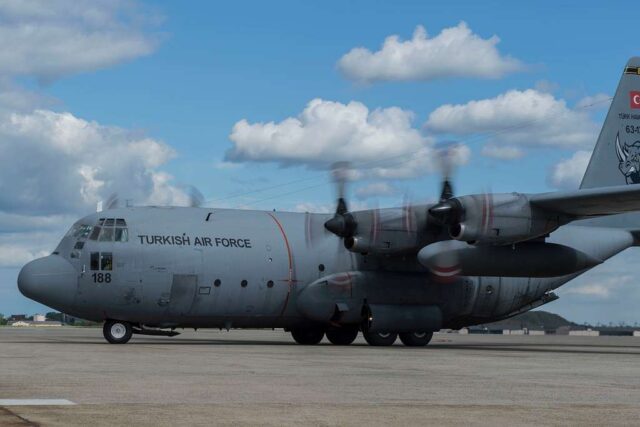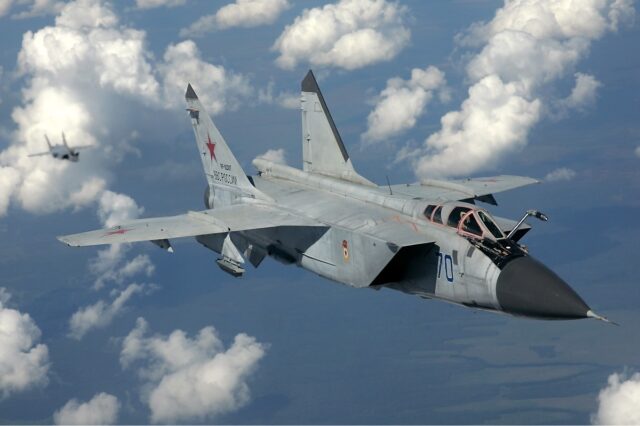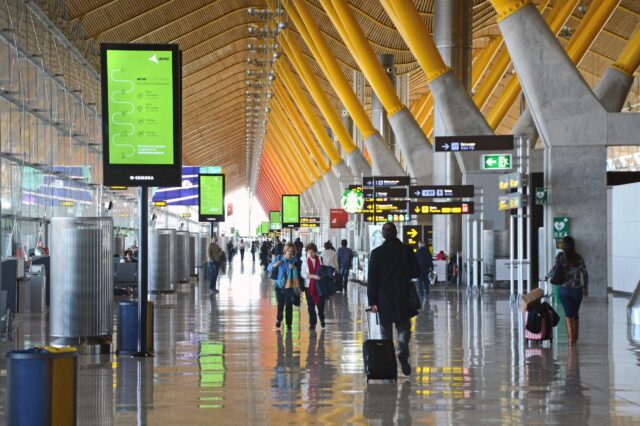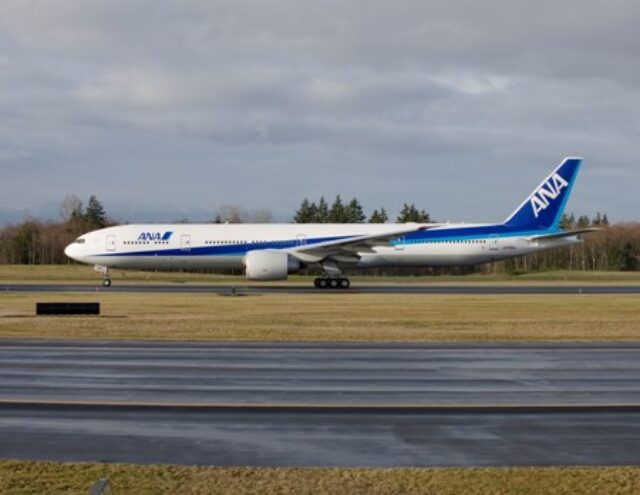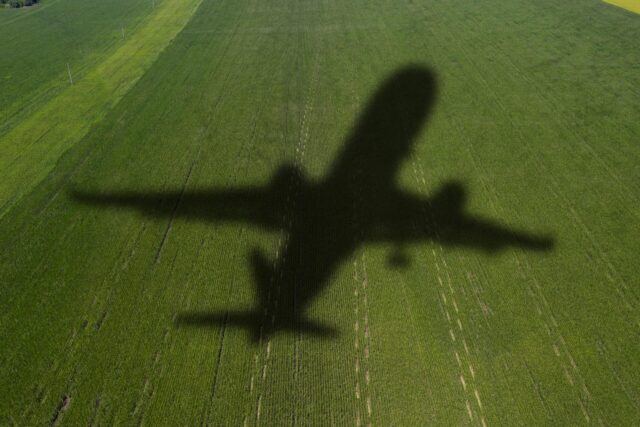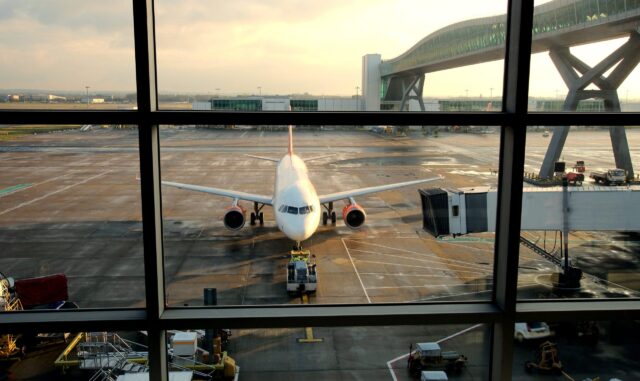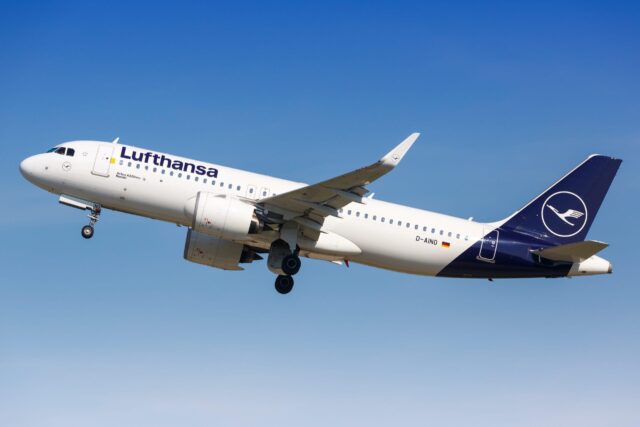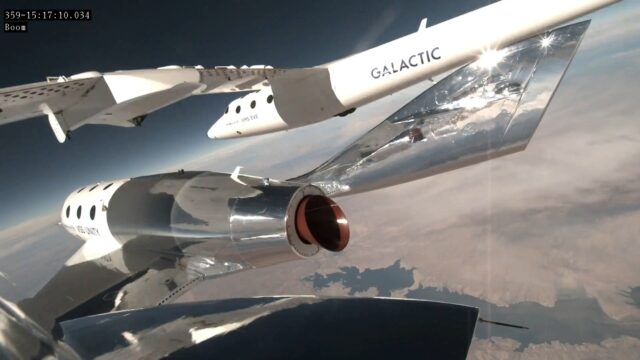Lockheed Martin’s F-16 loses: Thailand confirms Saab Gripen for its future fighter jet fleet

June 4, 2025

The Royal Thai Air Force has confirmed its selection of Saab’s Gripen E/F fighter jet to replace ageing F-16s, marking a major shift in its airpower strategy.
Thailand will acquire a total of 12 Gripen fighter jets over the next 10 years. Phase one, which spans 2025 to 2029, includes the purchase of four aircraft at an estimated cost of $596 million. The remaining aircraft will be delivered by 2034.
The Royal Thai Air Force already operates 11 Gripen C/D fighters, which were acquired in 2008 and delivered from 2011. The Gripen E/F offers a familiar platform but with a range of upgrades in avionics, sensors, performance and weapons capability.
The procurement order will be submitted to the Thai cabinet for approval. It is expected to be finalised by the end of August.
Why the Saab Gripen beat Lockheed Martin’s F-16
The Royal Thai Air Force (RTAF) has been weighing up its options between the US-made F-16 and Europe’s Gripen. It currently operates older models of both types, and the procurement committee spent 10 months deliberating the options.
The RTAF indicated in a Facebook post in August 2024 that the decision was leaning towards the Gripen. The post stated that the Gripen was considered superior to current aircraft with commonality with the existing fleet, and economically competitive for Thailand.
According to Thai media, the US ambassador to Bangkok lobbied the government to buy the latest variants of the F-16. The RTAF mainly operates US-made weaponry, so the shift to Saab’s platform is a major win for the Swedish manufacturer.
“Gripen E/F is the best solution to provide Thailand with independent airpower for the future, which will contribute significantly to the nation’s safety and security,” says Micael Johansson, President and CEO of Saab.
Saab’s Gripen E/F is one of the most modern non-stealth fighter aircraft in the world today. It’s equipped with cutting-edge systems like the Raven ES-05 radar, IRST, advanced electronic warfare systems and sensor fusion for superior situational awareness.

Crucially, the Gripen is known for lower acquisition and life-cycle costs than the F-16, and with the tooling and mechanics for the Gripen already in place, the transition should be streamlined.
In addition to the jets, Saab’s offer includes an ‘offset package,’ which may include elements such as technology transfer, local industry partnerships and training for RTAG personnel.
Thailand previously requested to purchase F-35 jets from the United States, but was denied in 2023.
Who else is buying the Saab Gripen?
Globally, interest in the Gripen fighter jet is increasing, particularly as nations re-evaluate defence budgets and procurement options.
Following two years of speculation, Colombia confirmed its selection of the Gripen for its fighter fleet in April 2025. While the order is just a letter of intent at this stage, reports suggest it could include between 16 and 24 aircraft.
Brazil already operates the Gripen E/F, becoming the first export customer for the jet in 2014. In late 2024, it announced plans to expand its order by 25%, adding another nine aircraft for a total fleet of 45.

Just this week, the Czech Republic has extended its lease of 14 Gripens through to 2031, delaying the retirement that was initially planned for 2027. This extension is intended to maintain the Czech Air Force’s capabilities as it awaits delivery of F-35s.
As reported by Bulgarian Military, Canada is in discussions with Saab regarding the Gripen, although it remains committed to its order for the F-35. Discussions are also underway with Peru for the aircraft.
These developments underscore the Gripen’s position as a cost-effective multirole fighter. It has lost out to US-made aircraft in the past, but with sweeping aviation tariffs and an increasingly uncertain geopolitical landscape, the Swedish jet is enjoying something of a resurgence.
